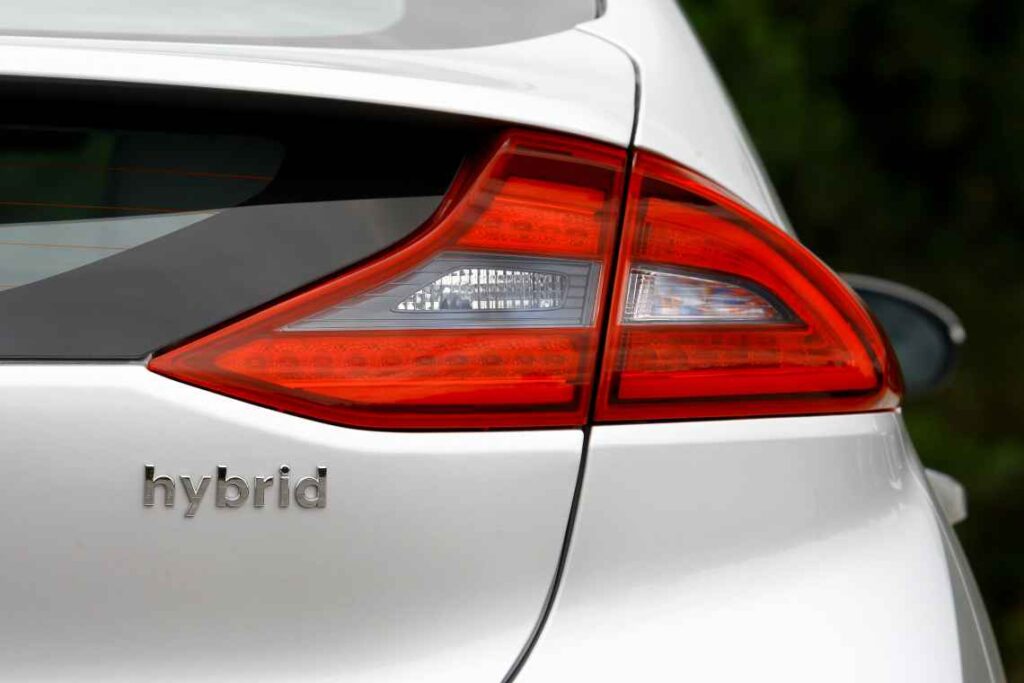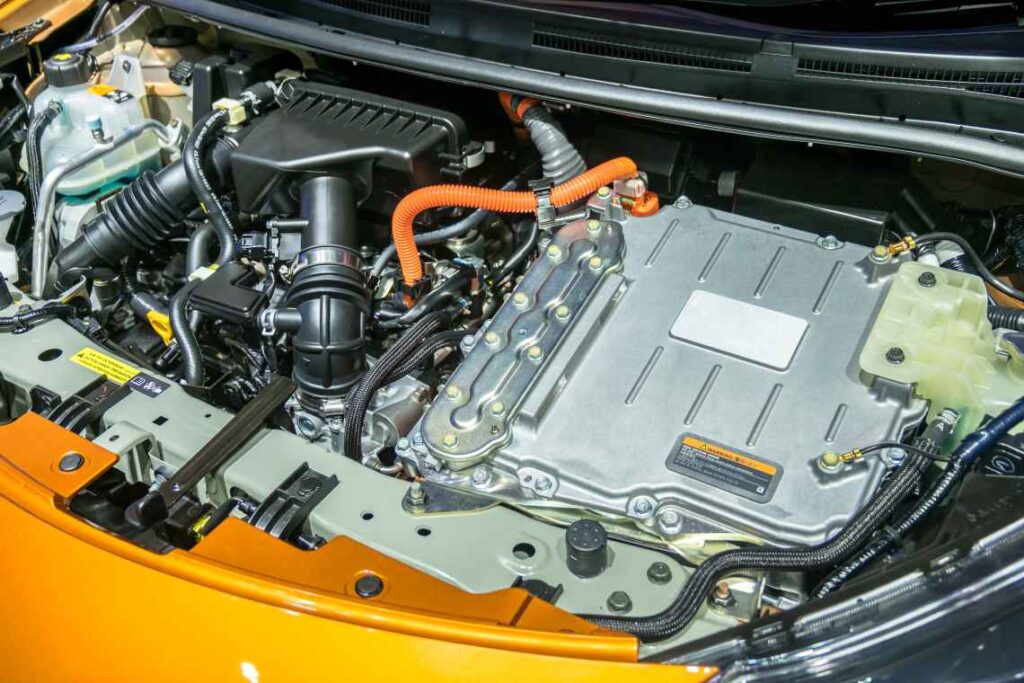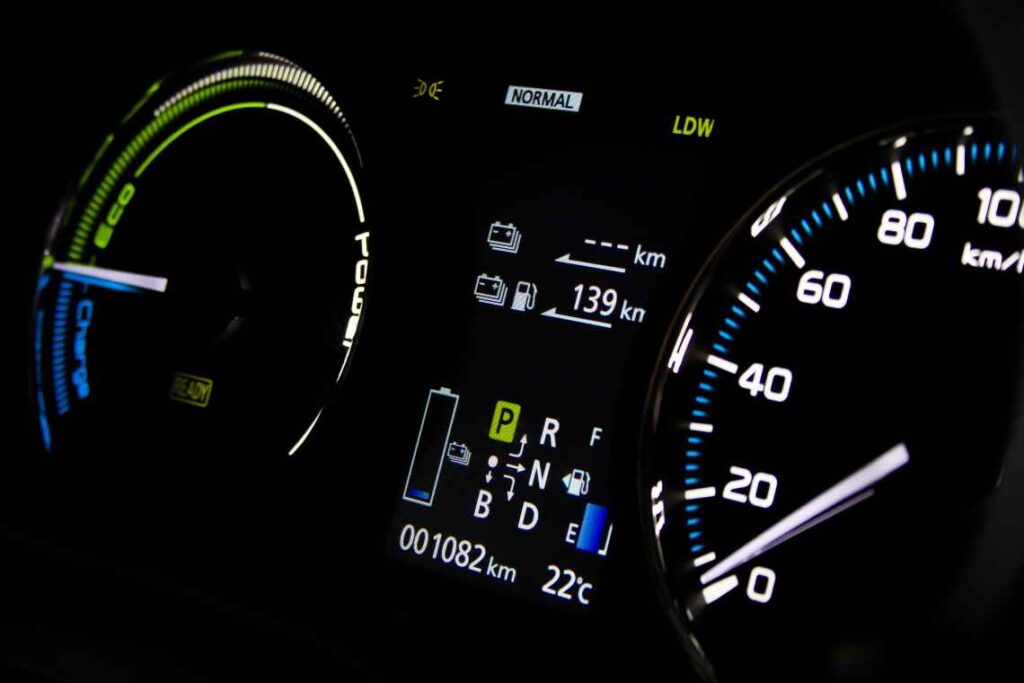Whether it’s rising gas prices, protecting the climate or the forward-looking benefits of an electric car, there are many reasons to move away from the pure internal combustion engine. However, vehicles that carry their fuel in a tank have advantages in some areas over those purely powered by a battery and electric motor. Hybrid cars represent a compromise between these technologies. But how does a hybrid car work? We’ll introduce you to the different types of hybrid cars, how they work, and go over their advantages and disadvantages. That way, you can decide if a hybrid is right for you.
Kinds of Hybrid Cars
What all hybrid cars have in common is that they draw their energy from not one but two energy sources. While other cars carry either gasoline, diesel or hydrogen in a tank or store electrical energy in a large battery, hybrid cars combine two energy sources and use the advantages of both technologies as efficiently as possible. Almost all hybrid cars have a gasoline engine in which they burn gasoline to generate the kinetic energy needed to move. This is often linked to an electric motor with a connected battery. A distinction is made here between a partial hybrid and a full hybrid.

In a partial hybrid, the electric motor only performs support work during acceleration, while braking charges the small battery. In this case, the motor serves as a generator. A full hybrid contains a significantly more powerful electric motor and a larger battery. Up to a certain speed, the electric motor works alone; only at higher speeds or when the battery charge level is low does the gasoline engine join in. If the battery is charged not only by braking and the engine but also by a charging cable, this is known as a plug-in hybrid. Some hybrid models under development replace the gasoline engine with a fuel cell in which hydrogen and oxygen are converted into electrical energy. In these models, too, a battery stores energy during braking and releases it to support acceleration.
How a Hybrid Vehicle Works
Depending on the type, a hybrid car contains a more or less powerful battery and a corresponding electric motor. During acceleration and up to a certain speed, the electric motor accelerates the vehicle, either alone or in conjunction with the combustion engine. While in partial hybrids this only occurs over several hundred yards, in full hybrids distances of 6 or more miles can be covered by the electric motor alone. When the brake is applied, the electric motor converts the kinetic energy back into electrical energy, which charges the battery. As soon as the battery falls below a certain charge level or the desired speed exceeds the capacity of the electric motor, the combustion engine starts and takes over, just like in a conventional gasoline engine. At the same time, excess energy from the electric motor is used to recharge the battery. These processes are controlled by sophisticated on-board electronics that select the most efficient way for the car to move in each case.

Many full hybrid cars have different driving modes. If desired, the internal combustion engine can also accelerate to provide the desired performance, while in an electric-only mode the battery alone supplies the energy needed to drive until the charge level falls below a certain level.
Advantages of Hybrid Cars
As with many combinations of different technologies, a hybrid car is an attempt to combine the best of both worlds. Using electric energy is particularly advantageous at slower speeds in urban traffic. Not only does this produce no emissions, electric cars are also quiet and have excellent driving characteristics. Internal combustion engines have the advantage that they are more powerful at high speeds and their range is considerably greater than that of purely electric cars because they carry fuel. Intelligently switching to the most efficient drive mode in each case makes use of the advantages of both technologies. Another argument in favor of hybrid cars is the use of braking energy. Whereas in an internal combustion engine the kinetic energy is wasted on frictional heat and wear on the brakes during braking, an electric motor converts it into energy that is available for the next acceleration process. This also increases driving efficiency, especially in inner-city traffic.

Disadvantages of Hybrid Cars
The main disadvantage of hybrid engines is that although they combine the advantages of both technologies, they cannot fully use them. Due to space and weight constraints, less powerful batteries and motors can be installed in hybrid engines than in full electric cars, which inevitably reduces the range and performance of the electric drive. Thus, the internal combustion engine must step in at speeds and distances that a pure electric car could handle. The tanks for the fuel are also typically smaller than the tanks in pure combustion cars. At the same time, the internal combustion engine is also more labor-intensive to maintain in a hybrid car. There is also a higher weight that counteracts acceleration. This means that fuel consumption can increase, especially on long freeway journeys and when driving in hilly terrain, compared with a pure combustion car.
All in all, it can be said that hybrid cars are a good option for drivers in inner-city areas who only occasionally make longer journeys. But they are also a good alternative for other drivers who don’t want to have to choose between a gas-powered car or electric one.